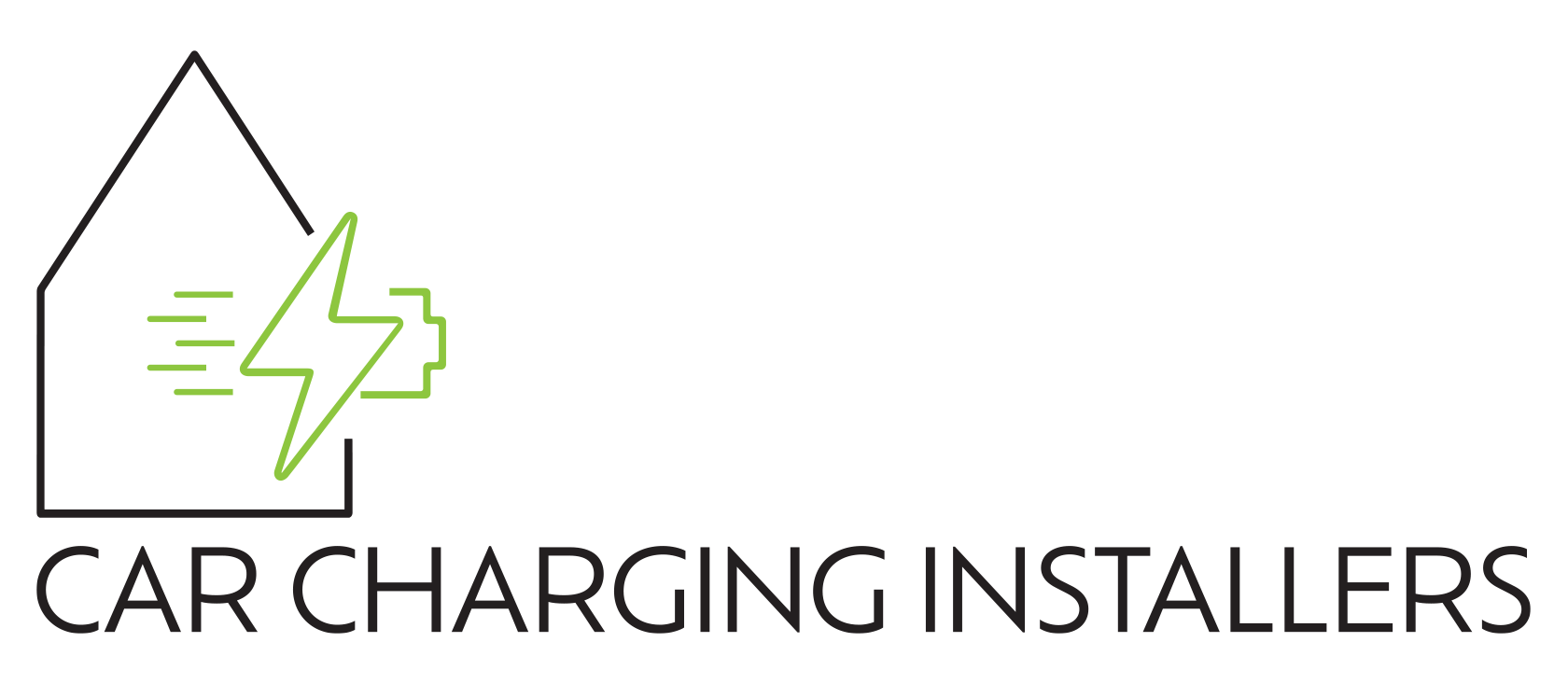CONTACT US AND OUR LOCATION
FREQUENTLY ASKED QUESTIONS
Type 1 (J1772): This is a North American standard connector that uses a five-pin plug and is designed for Level 1 and 2 charging.
Type 2 (Mennekes): This is a European standard connector that uses a seven-pin plug and is designed for Level 2 charging.
CHAdeMO: This is a fast-charging connector that uses a unique plug design and is primarily used in Japan.
CCS (Combined Charging System): This is a fast-charging connector that uses a two-plug design and is used in Europe and North America. It combines AC and DC charging in one plug, allowing for faster charging times.
Electric Motorcycles: MotoE motorcycles are fully electric and do not emit any emissions.
Limited Battery Capacity: The bikes have a limited battery capacity, which means riders have to manage their energy consumption during the race.
Fast Charging: The batteries can be quickly charged between races, allowing for a fast turnaround time.
Single-Make Series: MotoE is a single-make series, meaning that all riders compete on the same type of motorcycle.
Shorter Races: The races are shorter than traditional MotoGP races, typically lasting around 15-20 minutes.
High-Tech Data Analysis: MotoE uses high-tech data analysis to provide real-time information to teams and riders, allowing them to make strategic decisions during the race.
Support Series: MotoE races are usually held as a support series to MotoGP, providing additional entertainment for fans during the weekend.
Level 1 Charging: This uses a standard 120-volt household outlet and can take up to 20 hours to fully charge an electric car.
Level 2 Charging: This uses a 240-volt circuit and can fully charge an electric car in 4-8 hours, depending on the car's battery size.
DC Fast Charging: This uses high-voltage direct current (DC) and can charge an electric car to 80% in 30 minutes or less, but it requires specialized equipment and is not as widely available as Level 1 and 2 charging.
A hybrid car is a vehicle that uses both a gasoline engine and an electric motor to power the vehicle. The electric motor assists the gasoline engine during acceleration and uses regenerative braking to recharge the battery.
The main difference between hybrid and electric cars is that hybrid cars still require gasoline to operate, while electric cars rely solely on an electric motor powered by a battery. Electric cars have zero emissions and tend to be more environmentally friendly, while hybrid cars have a longer driving range and are more fuel-efficient.
